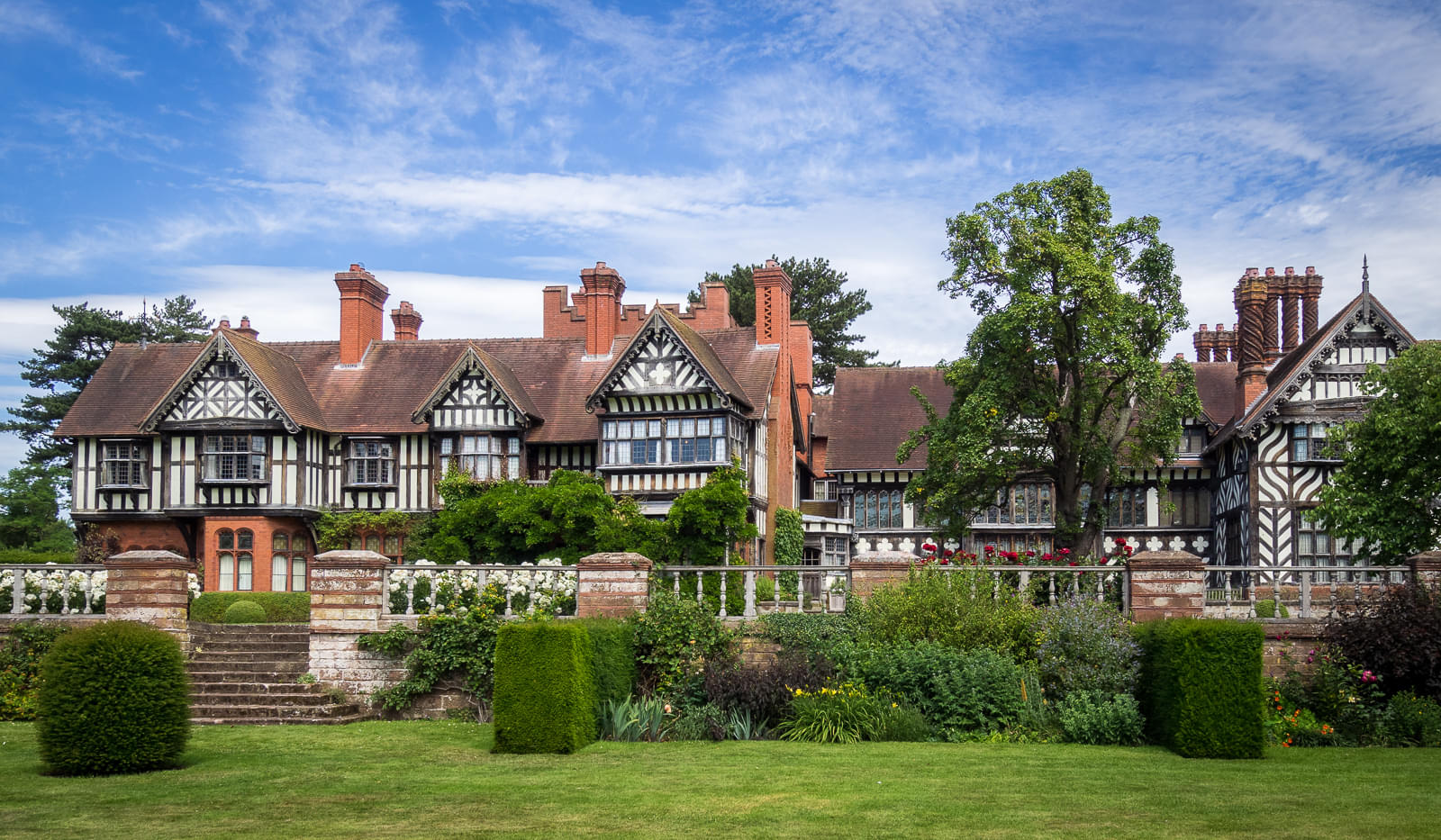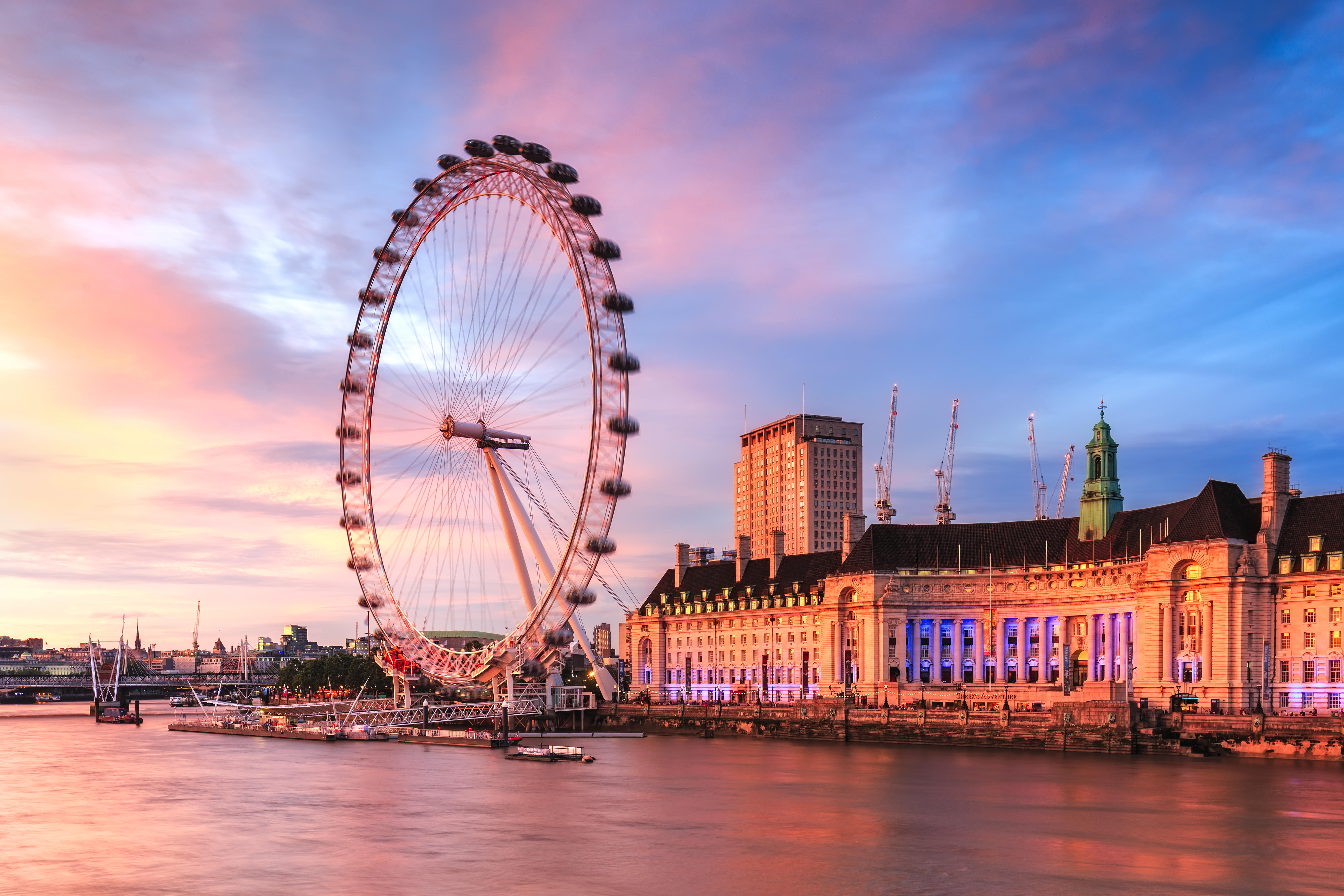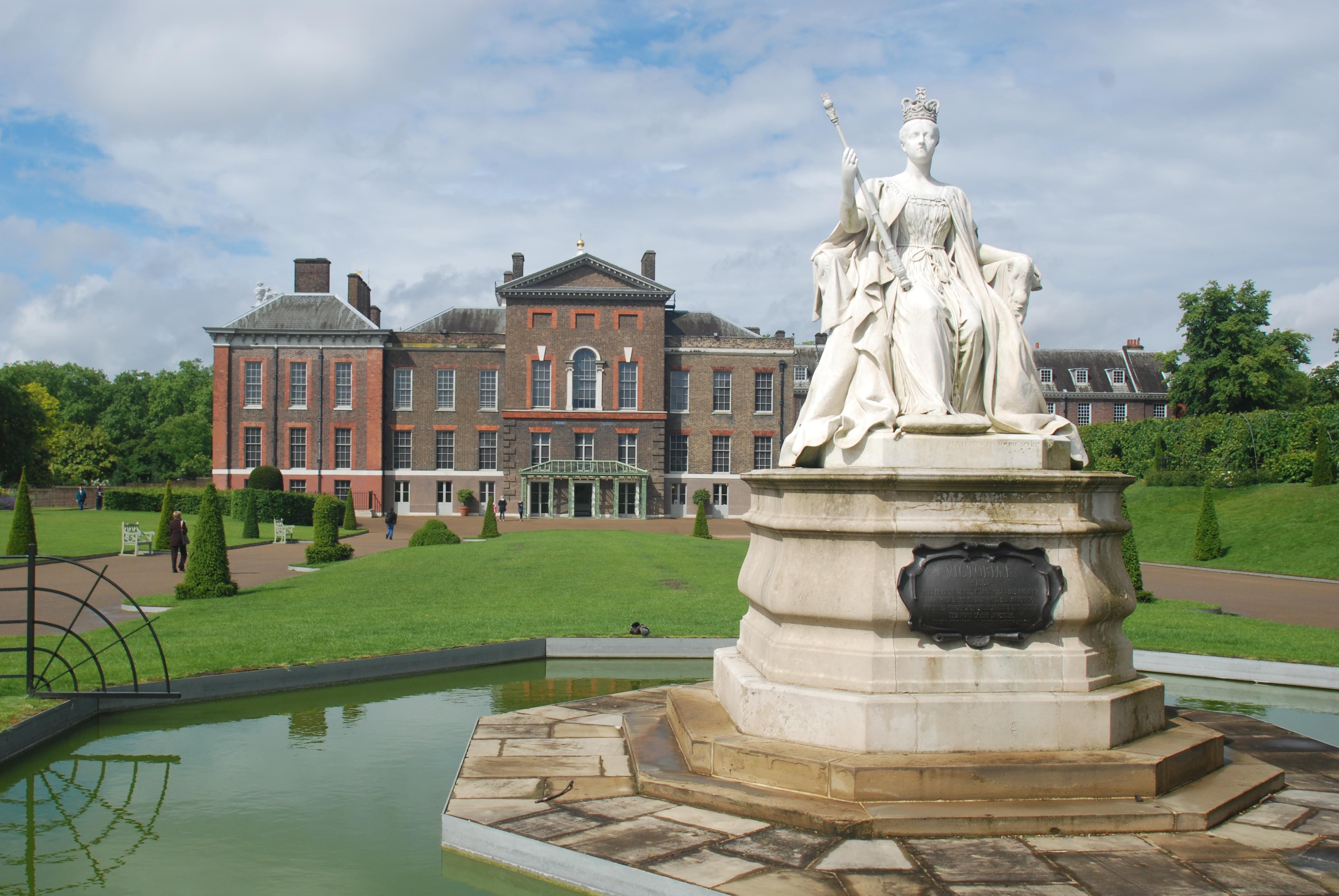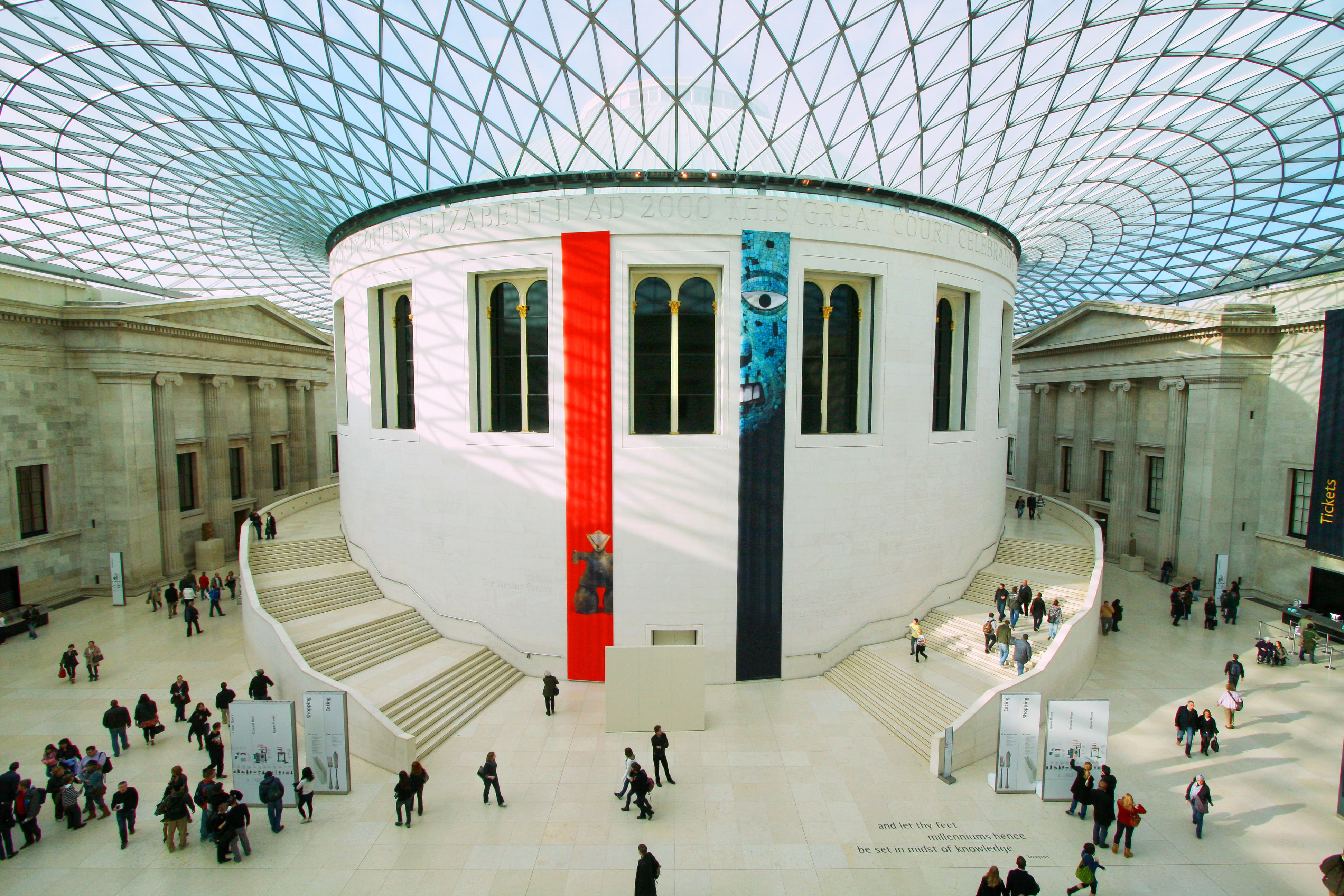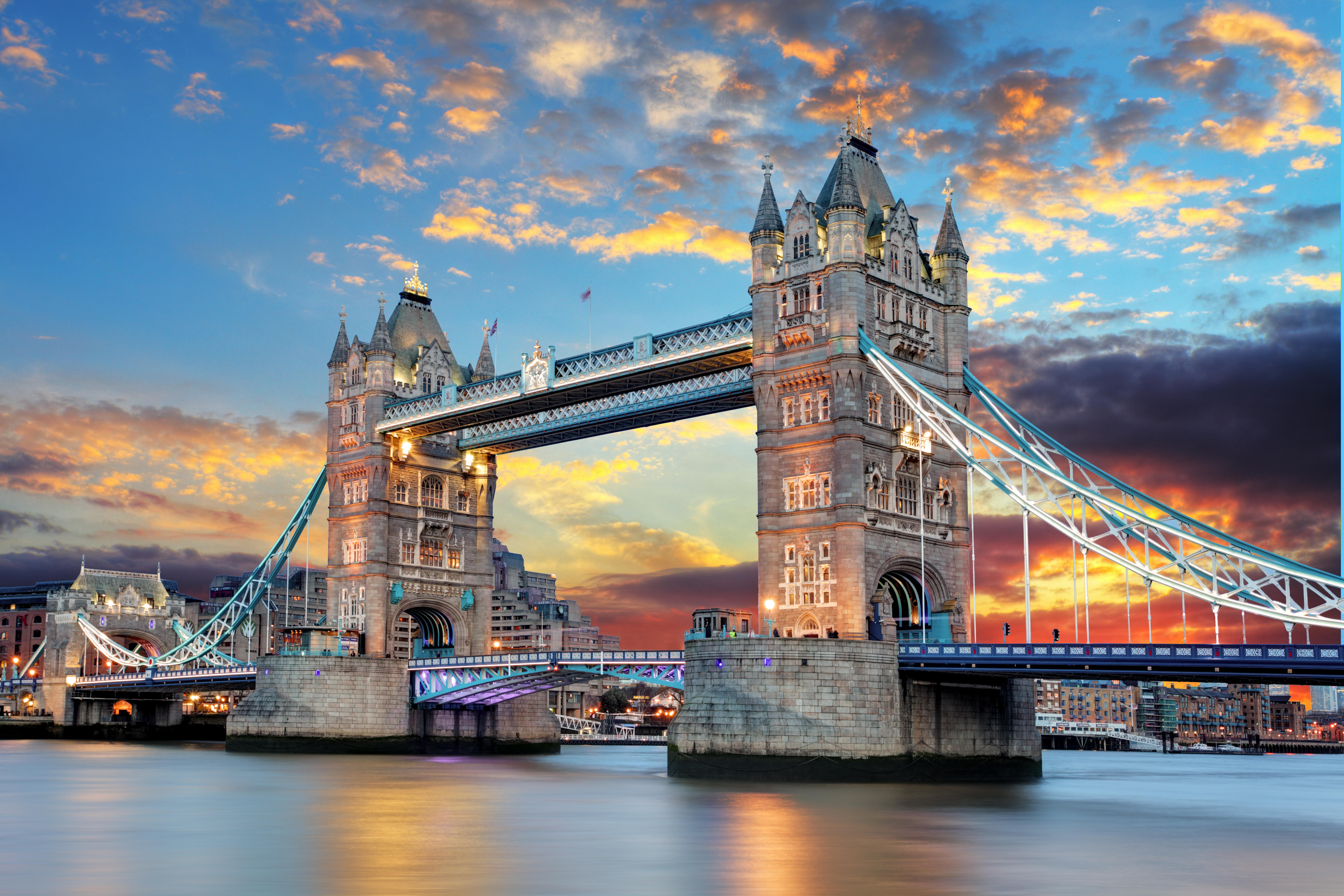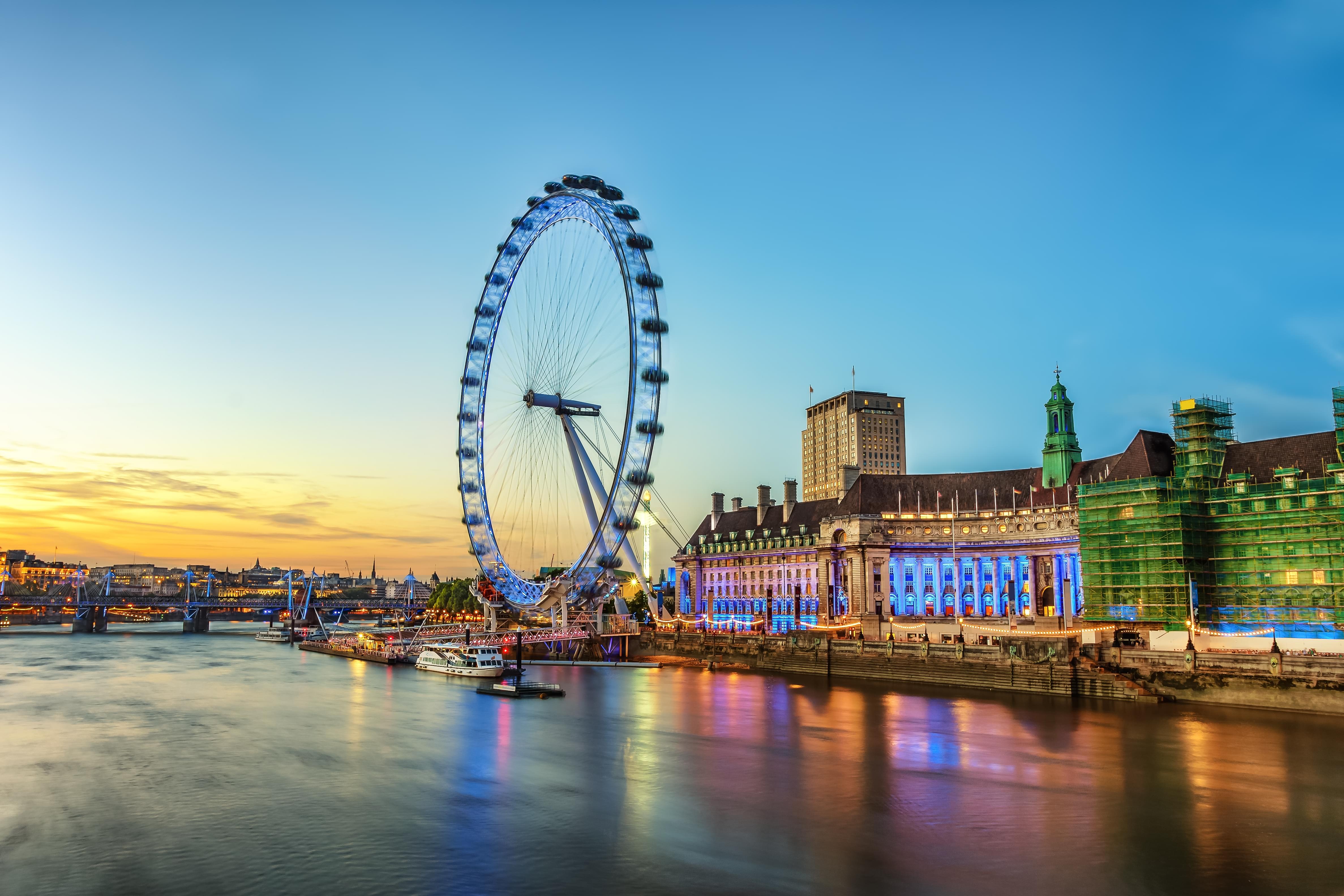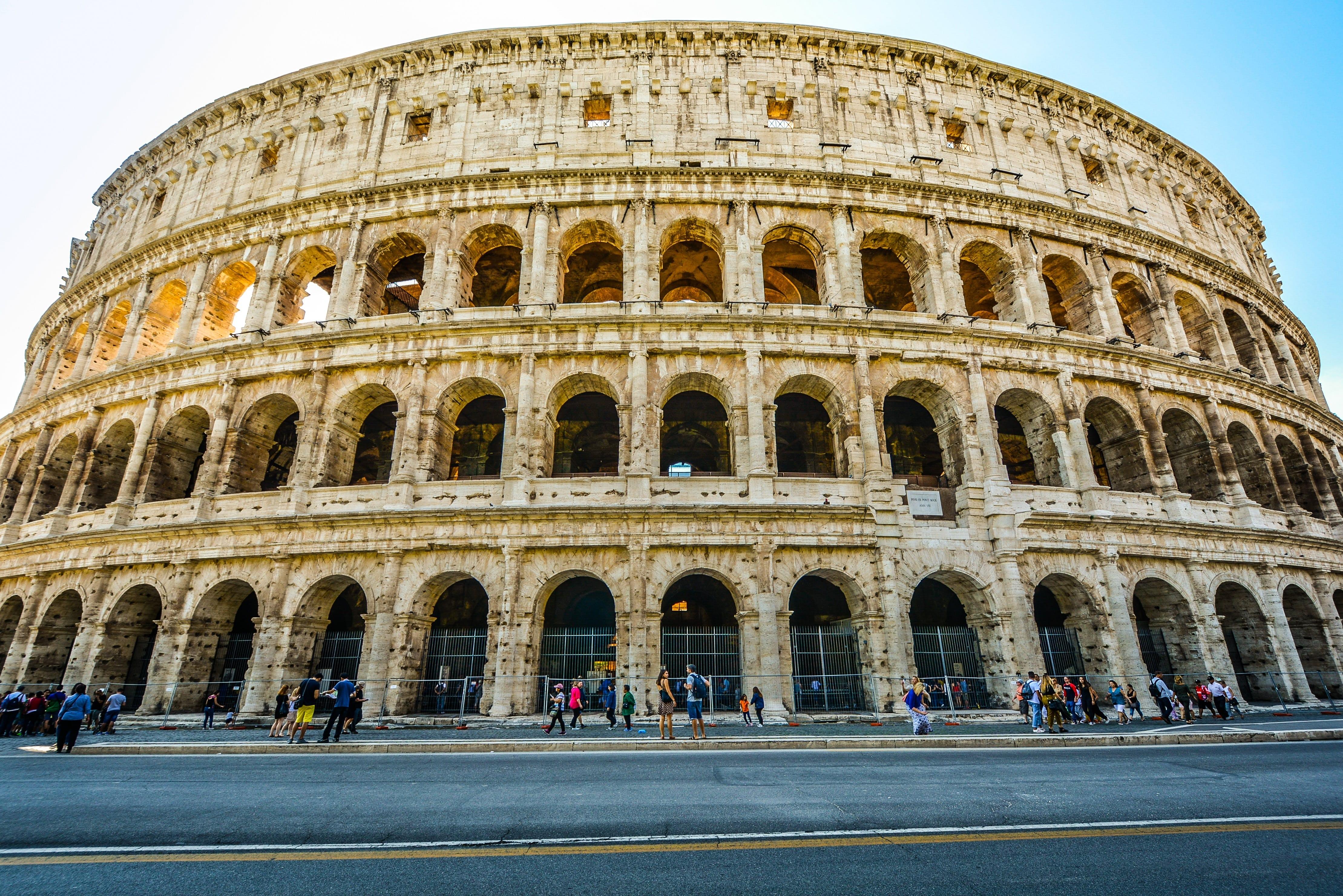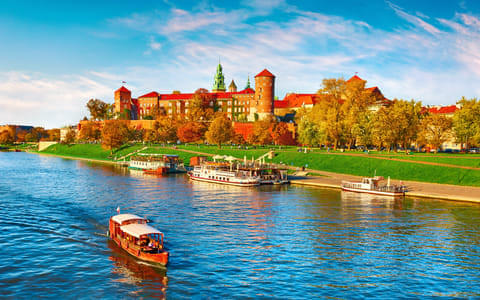About Wightwick Manor
An excellently crafted Wightwick Manor house was established for Samuel Theodore Mander, a partner of the local paint-making and varnish firm. Some elaborated exteriors equipped with timber and deliberate asymmetrical grouping, oriel windows, and the carved quatrefoil became one the mandatory tourist attractions in Wolverhampton. A local paint manufacturer who later became liberal MP, Geoffrey Mander, did something remarkable in 1937.
He persuaded the national trust of the country to accept this 50-year-old house in the nation. The Manor house is one of the noteworthy examples of the influence of William Morris because it considered Morris wallpapers and fabrics for the interior design. In addition, it is also the abode of various and diversified artworks, including the works of Evelyn De Morgan, Edward Burn Jones, Ford Madox Brown, and Elizabeth Siddall.
Location: Wightwick Bank, Wolverhampton, West Midlands, England, WV6 8EE
Timings: Sun-Sat 10:00 AM - 5:00 PM
Entry Fees:
For adults - 14.30 pound
For a child - 7.20 pound
Check This Out: Things To Do In Birmingham With Kids
Wightwick Manor Highlights
• Wightwick Manor is designed in the old English style through timber framed white-washed walls, bricks, and the whitewashed tiles roof.
• The house of a 16th-century old manor stands nearby, and the recent barn and lodge are relics of the same period which makes it one of the popular places to go in Wolverhampton.
• Gardens of around 17 acres surround the manor, which features woodlands, water pools, and terraces, taking you on the experience of the medieval age.
• The house also showcased various vintage items such as multiple artists' works and crafts from the 16th and 17th centuries, which can also be purchased from the souvenir shop.

